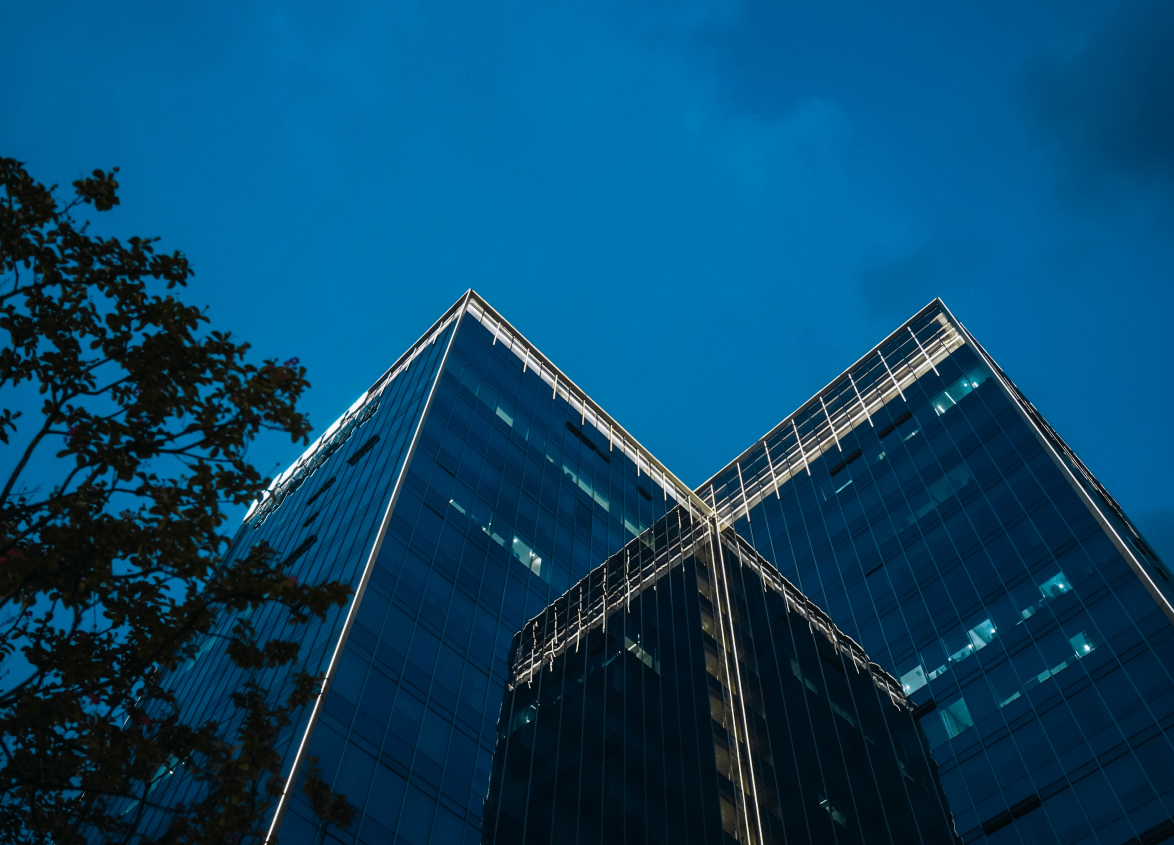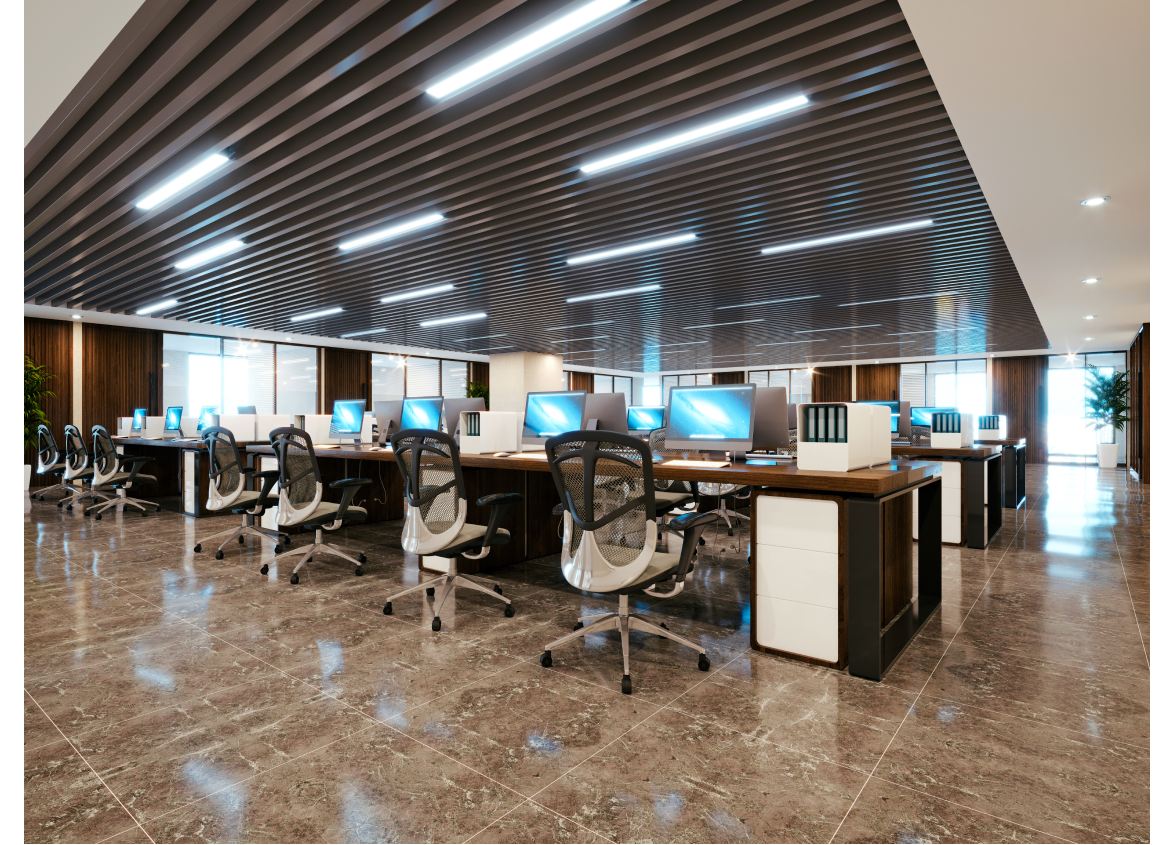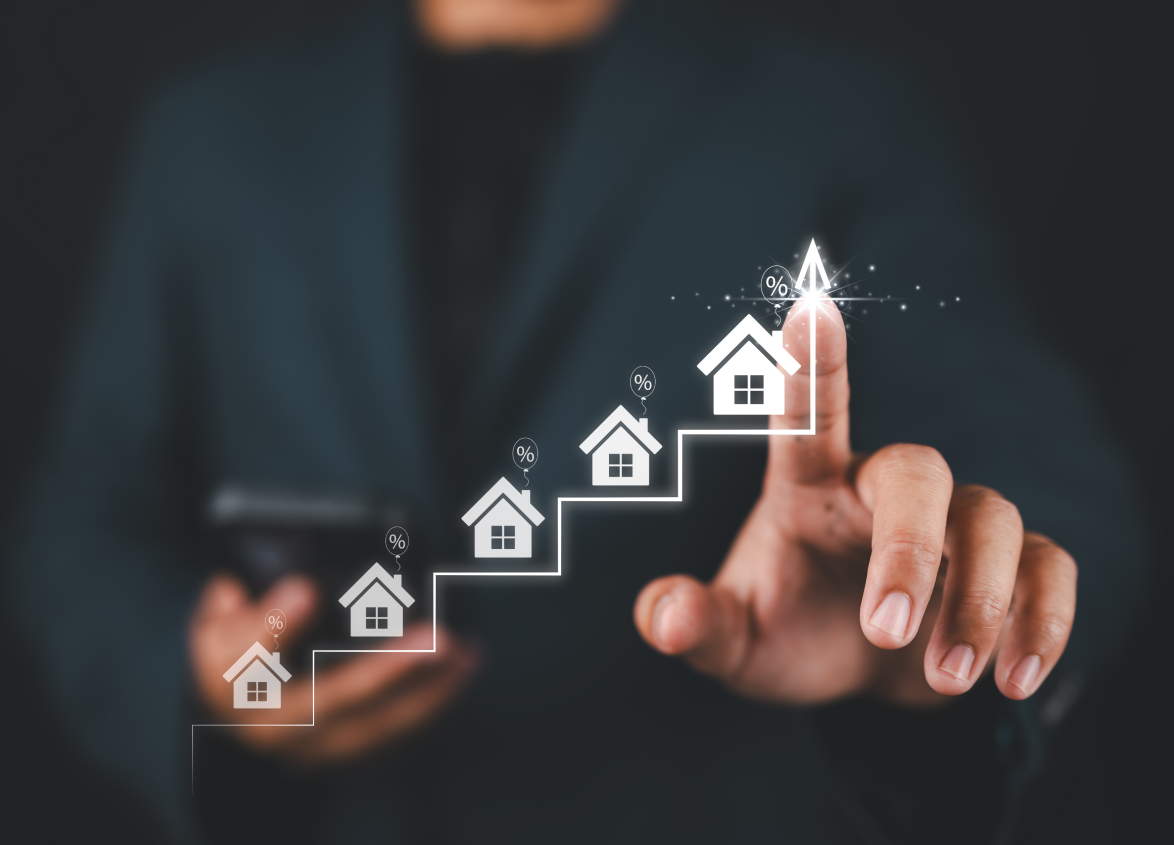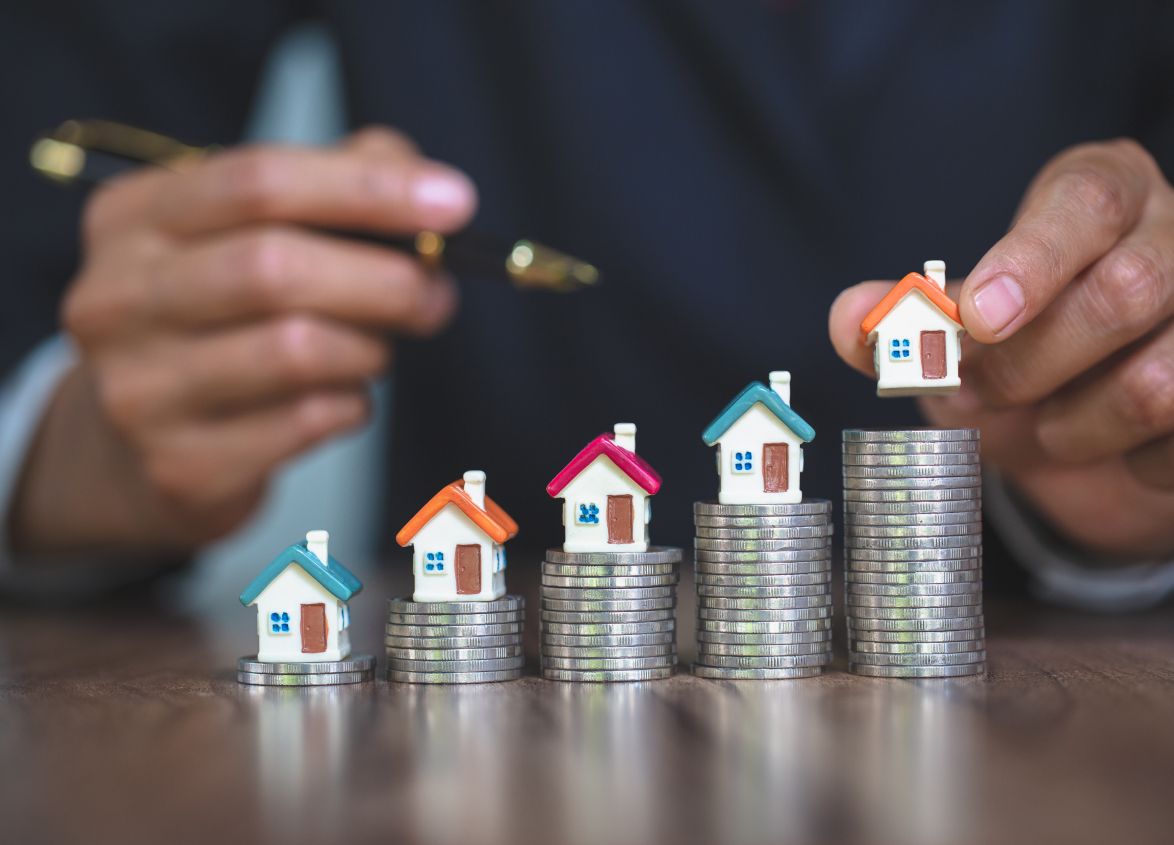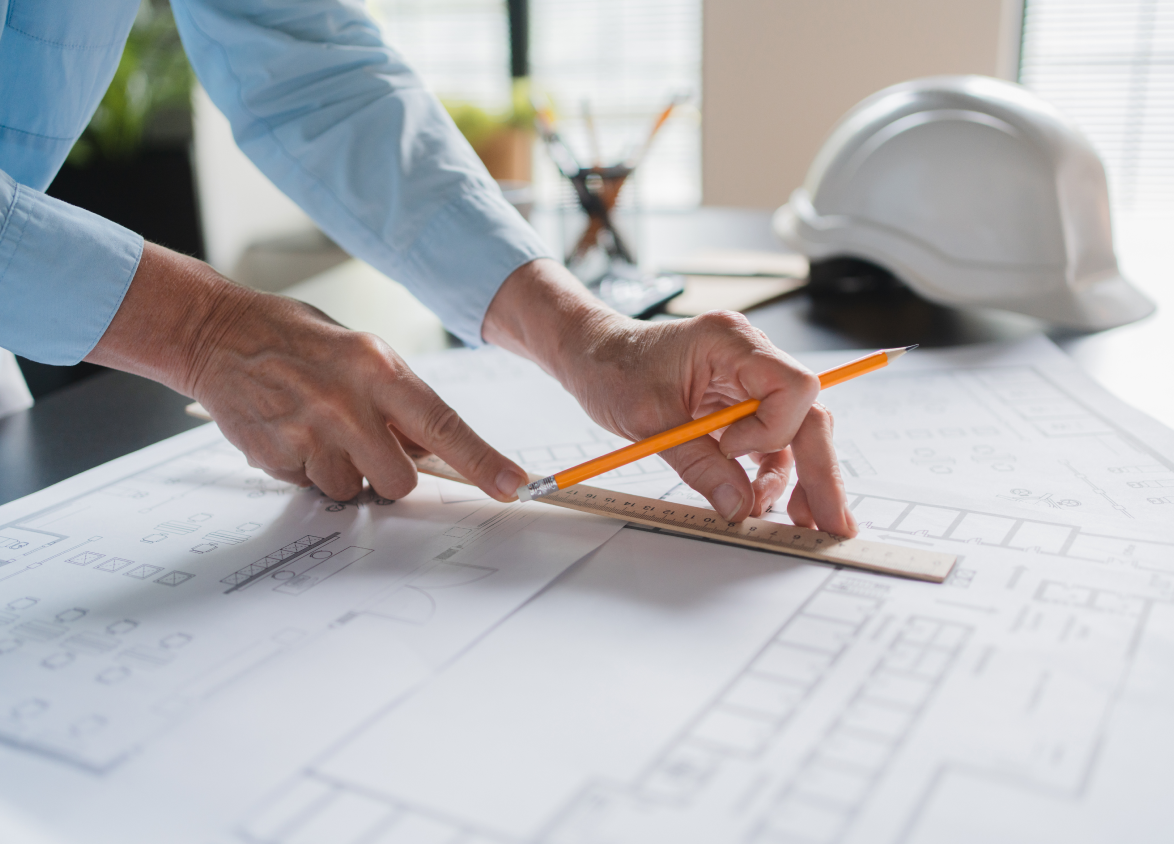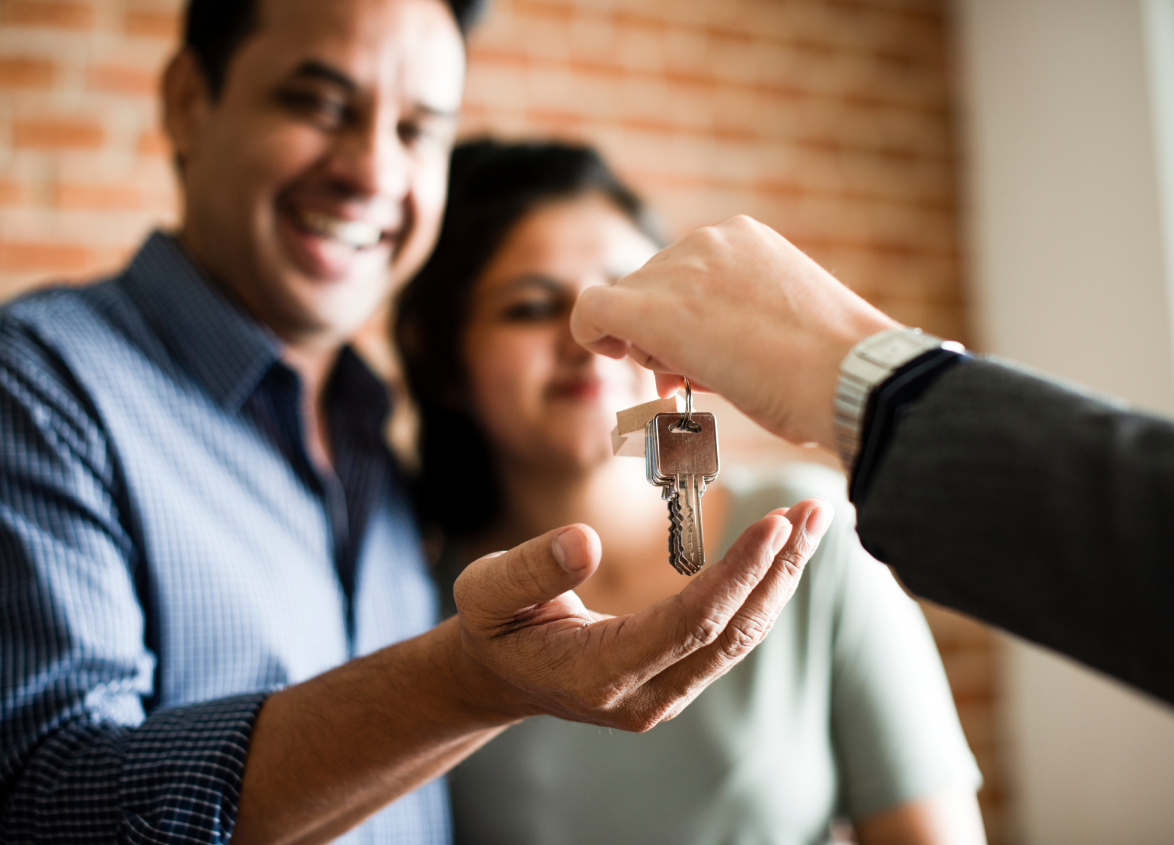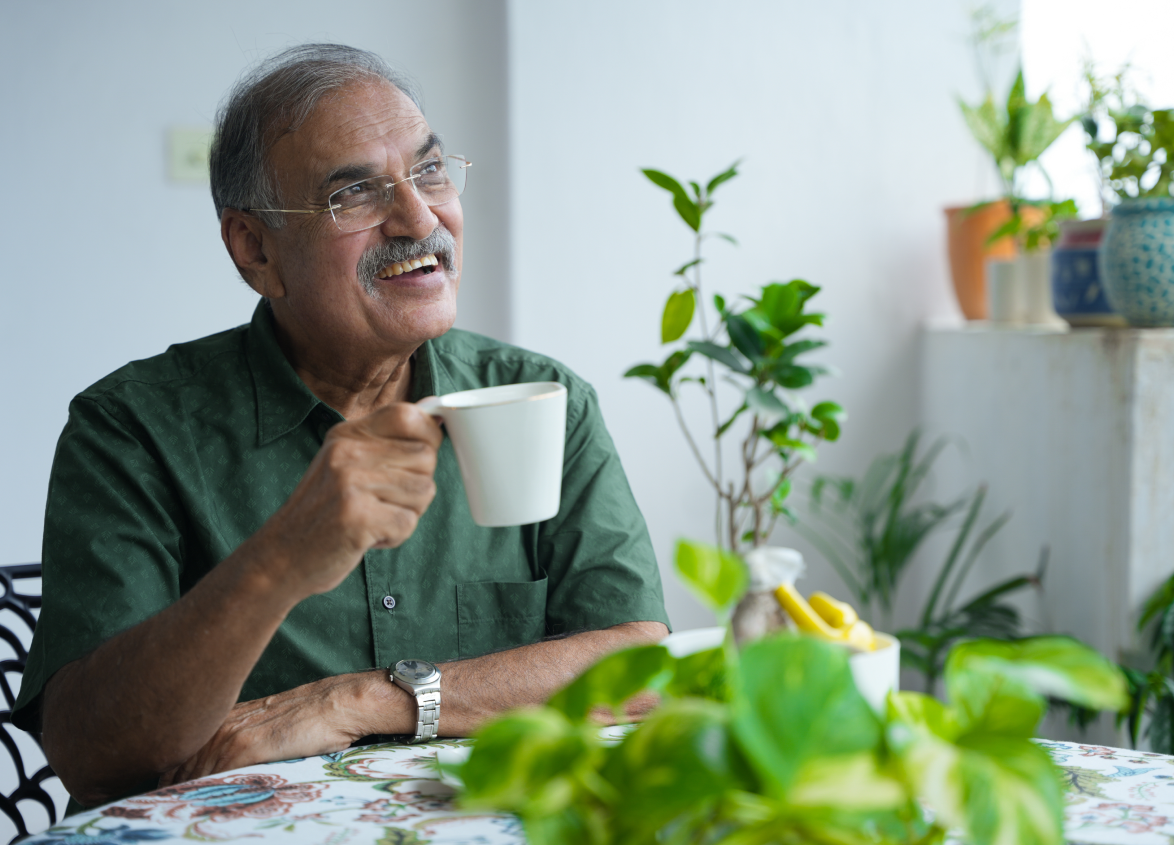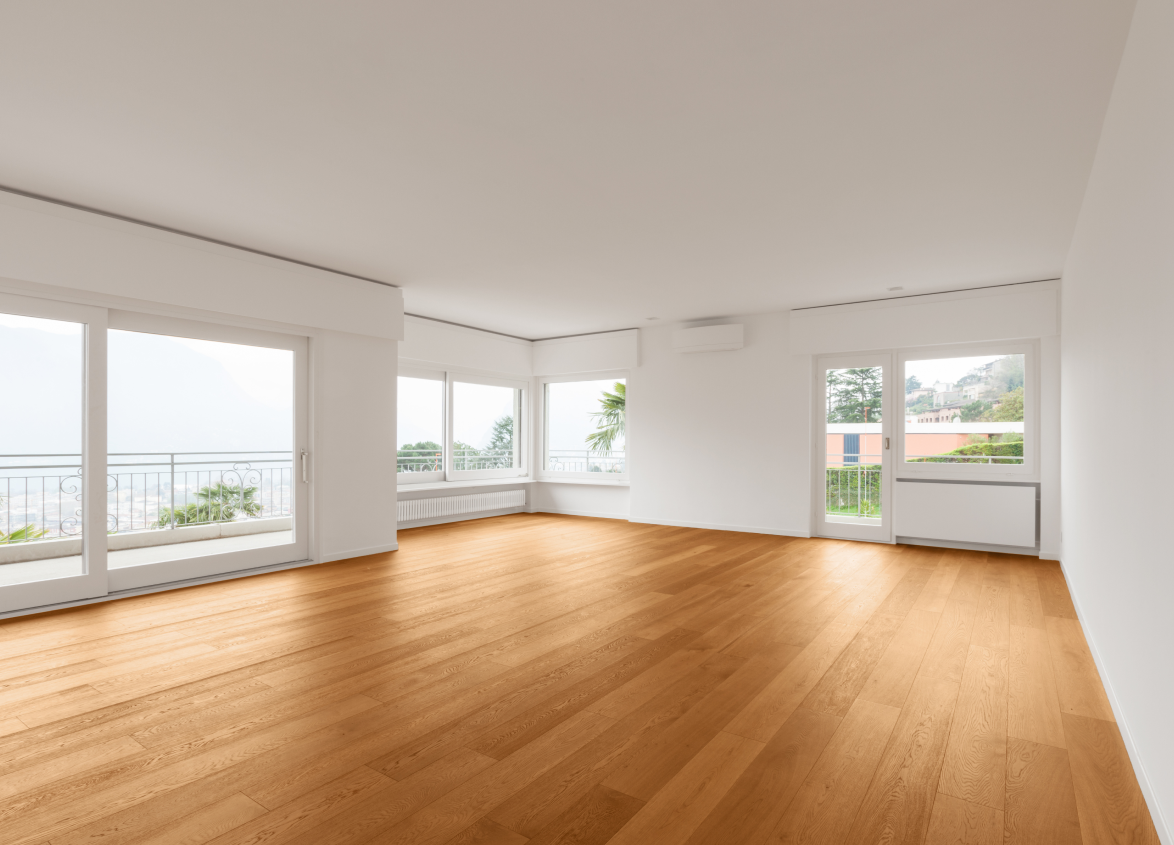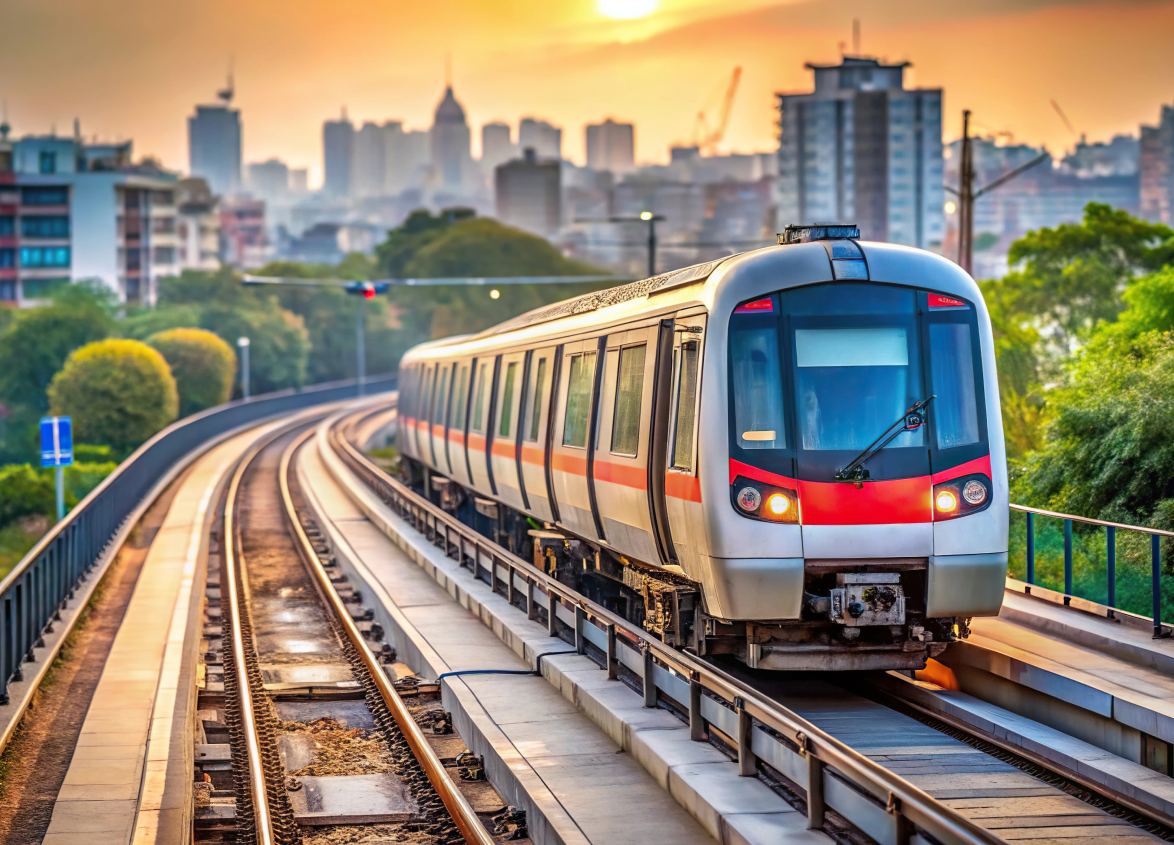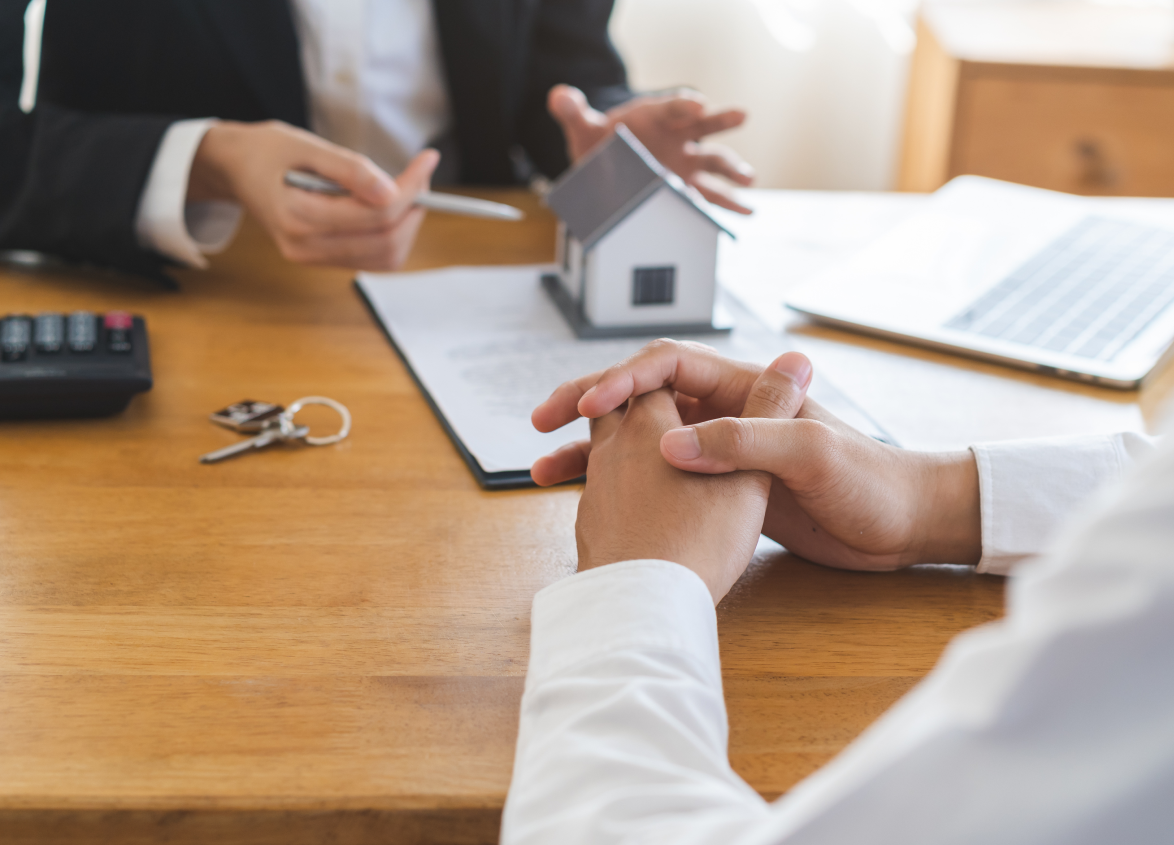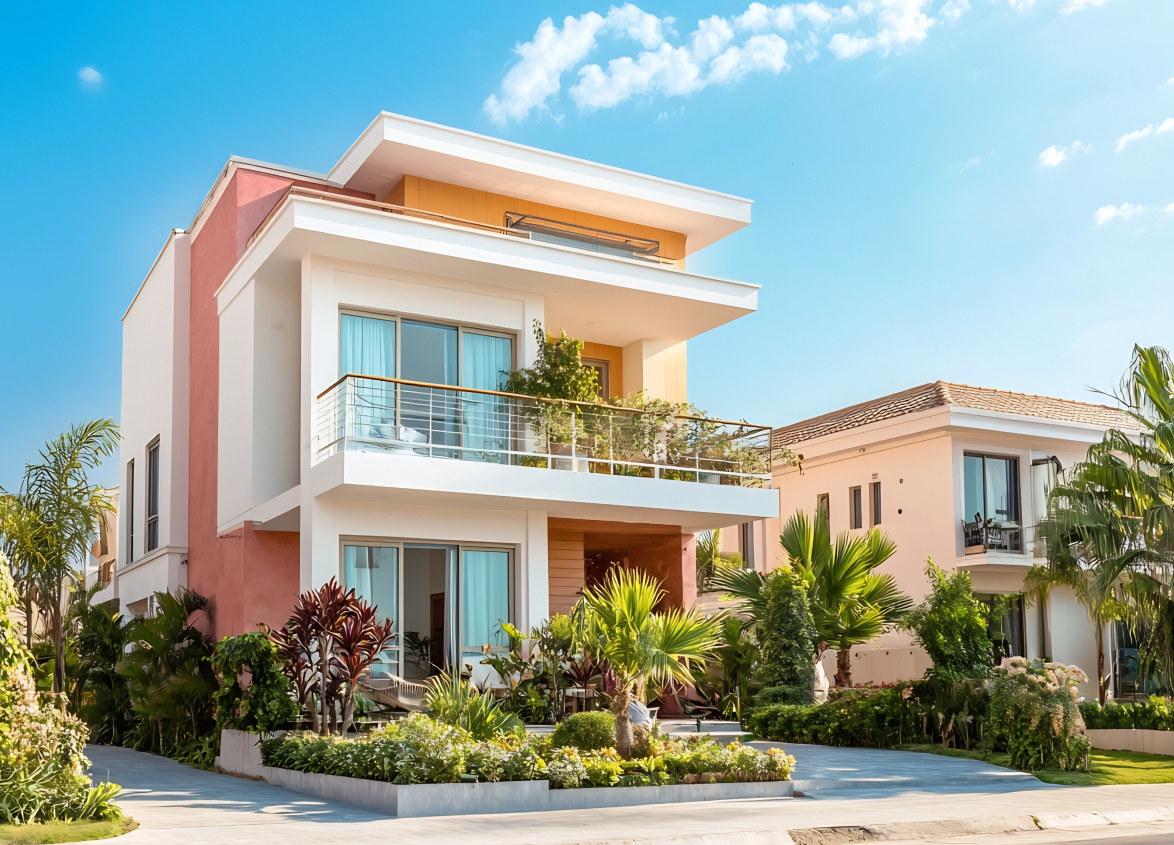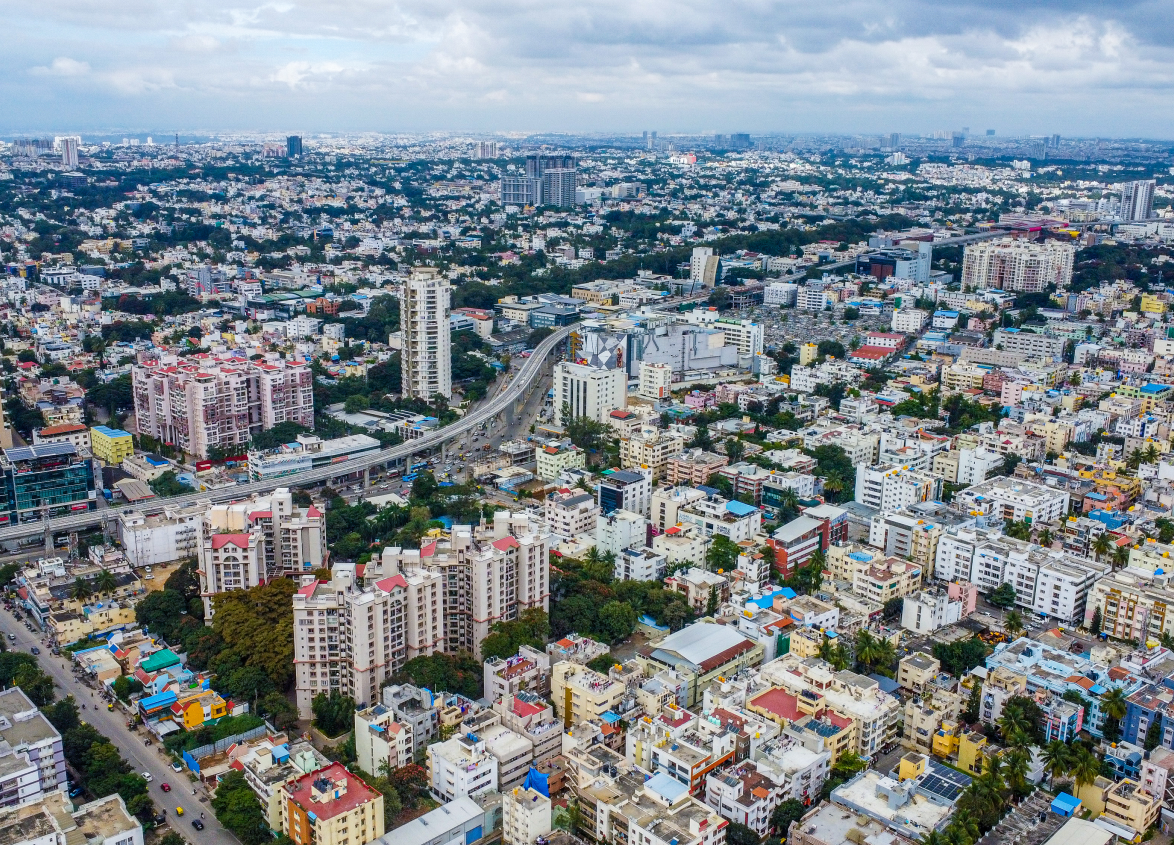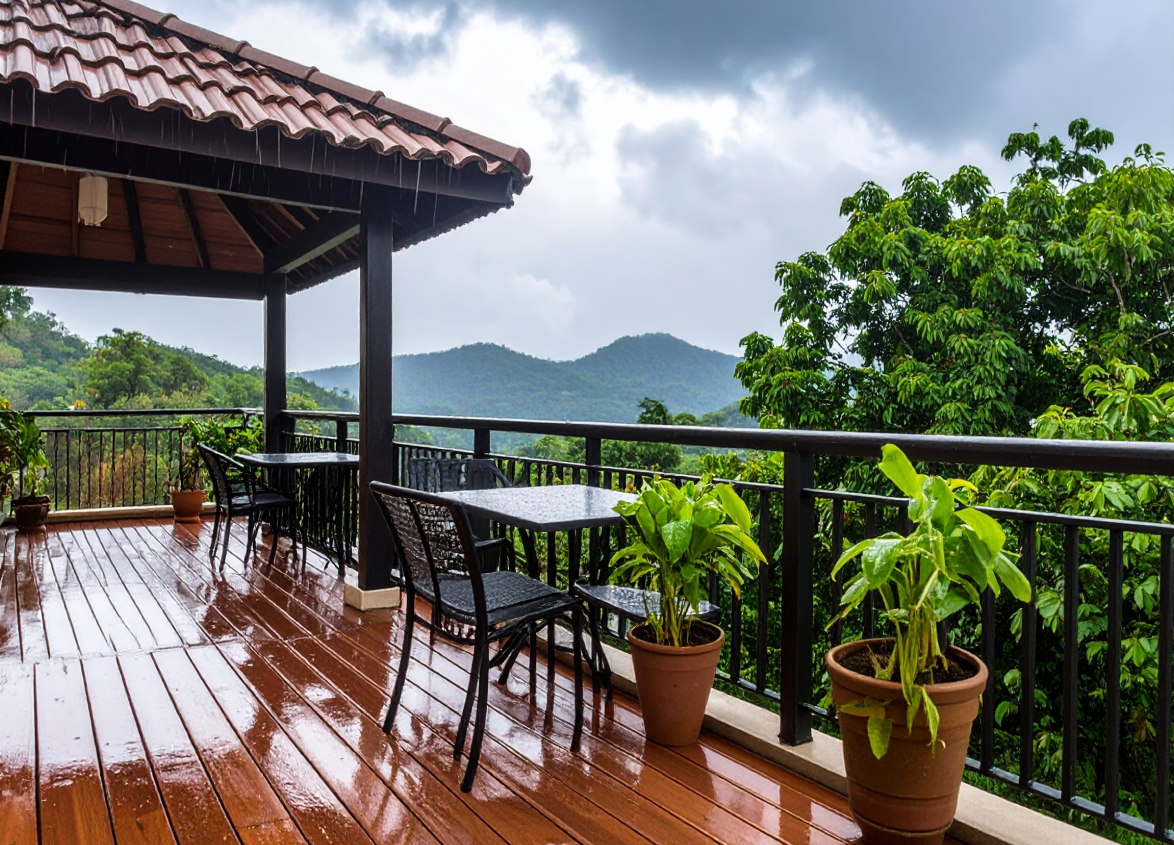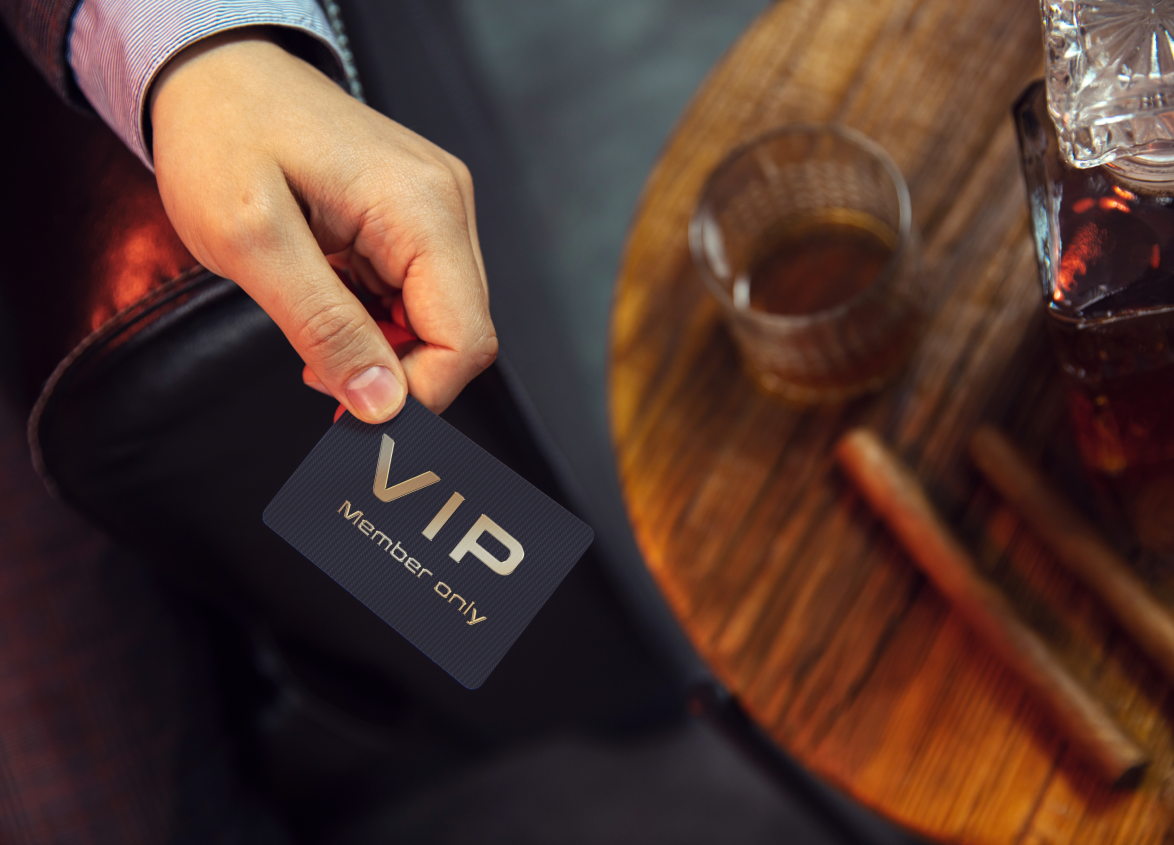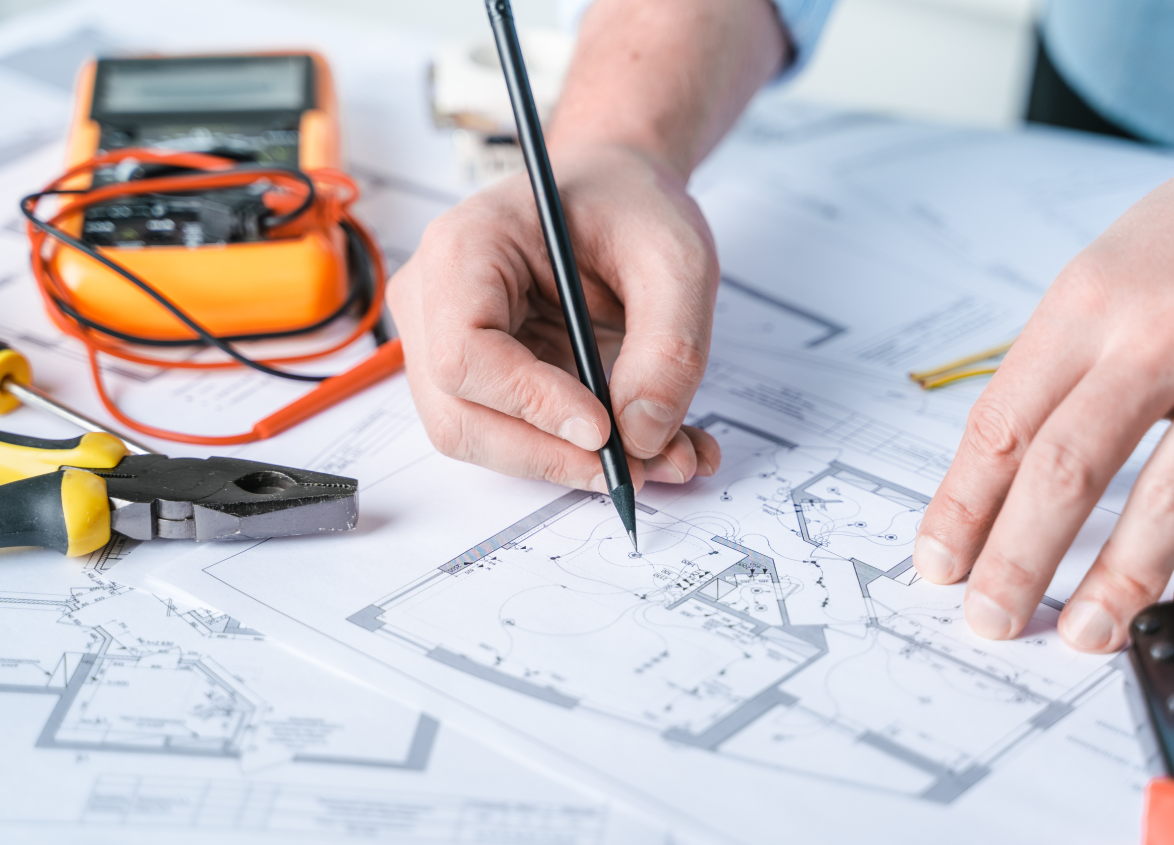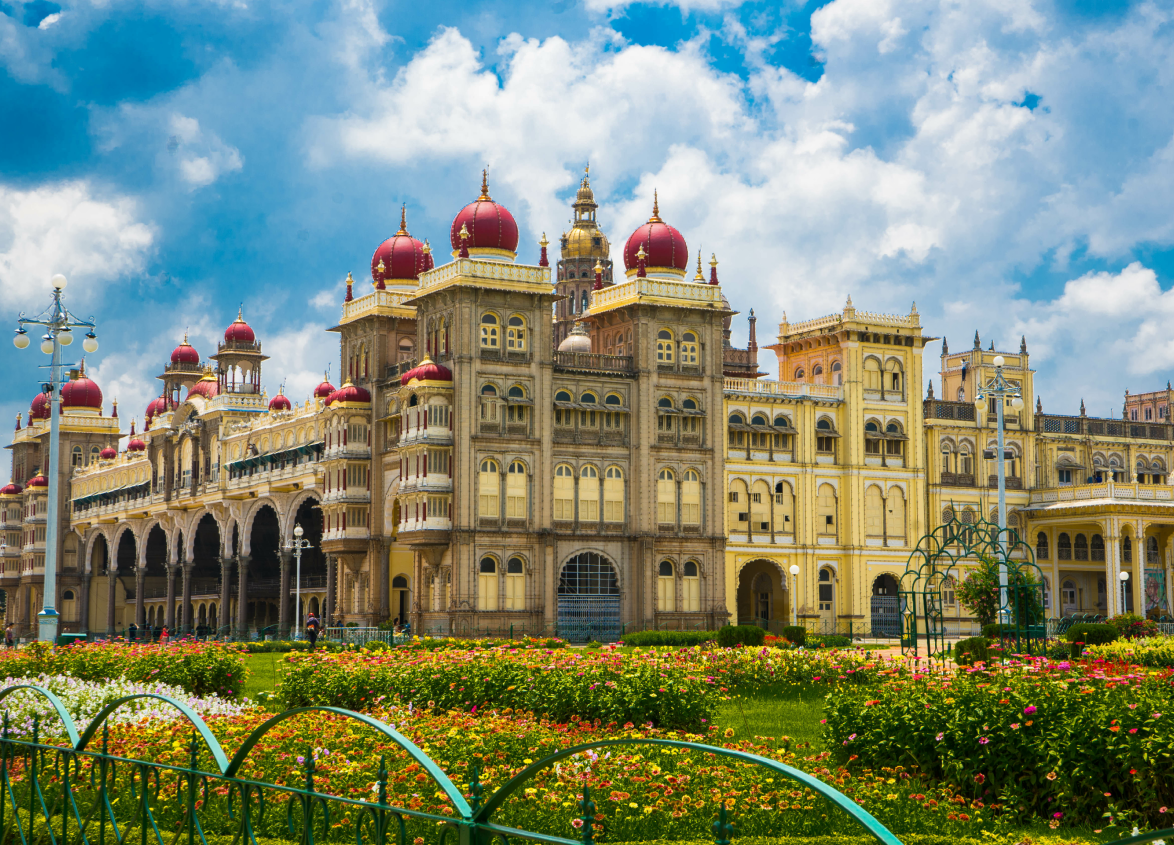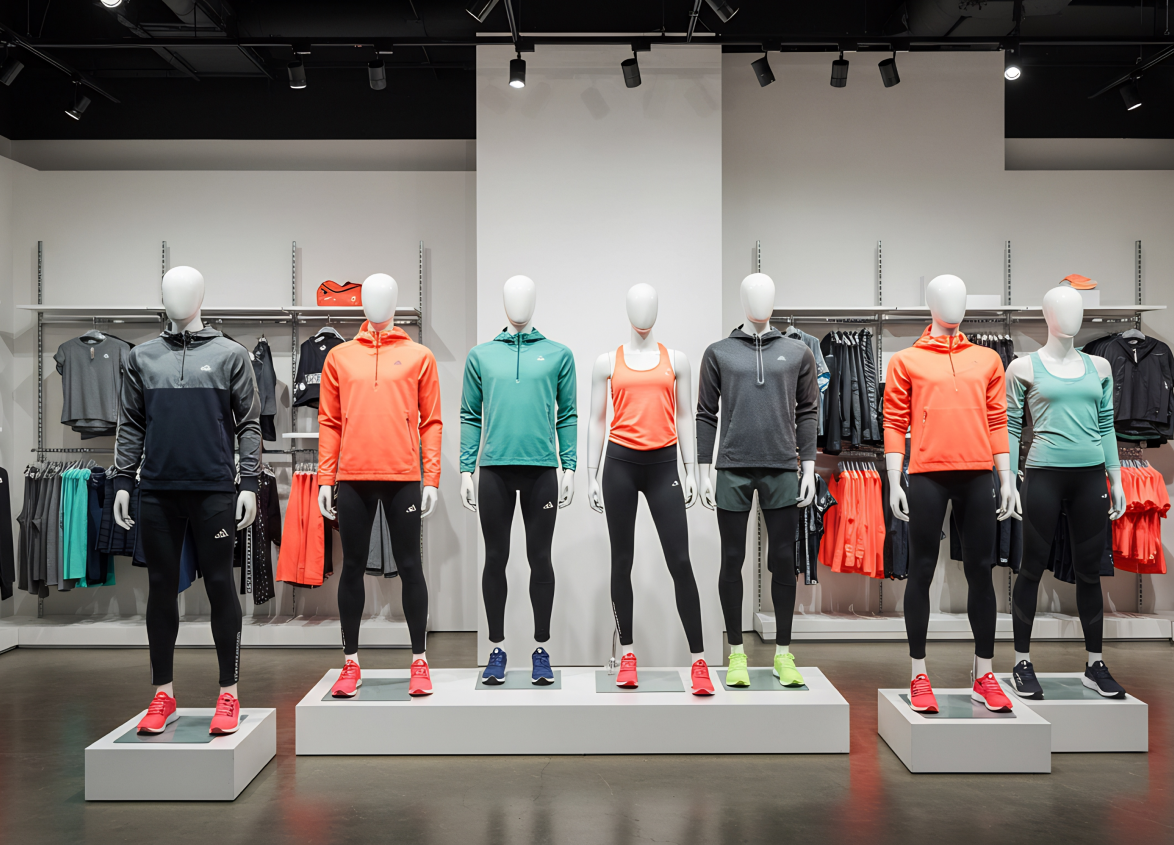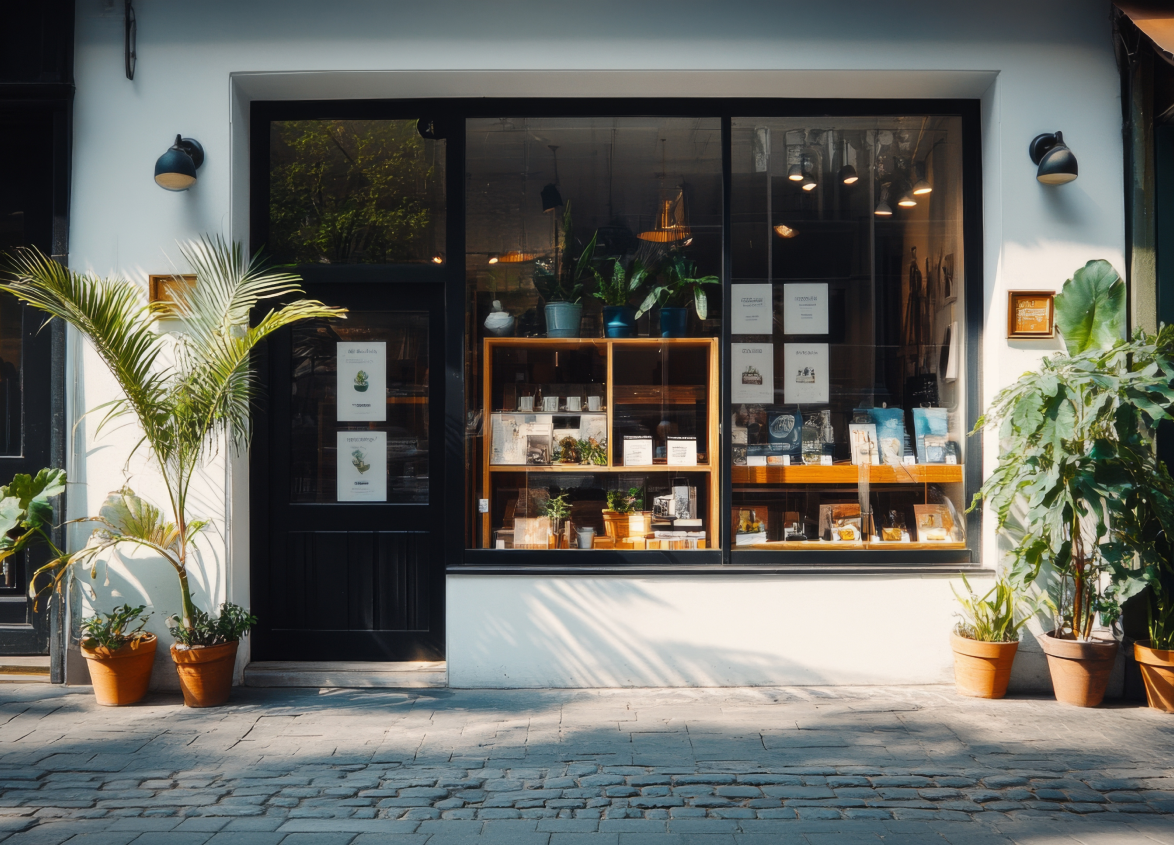
Foundation
The Role of Real Estate in Community Development
October 09, 2024
The sphere of real estate is very vital for promoting a solid feeling of belonging. No more do successful real estate ventures confine themselves to building excellent homes only. Nowadays, such projects are also intended to provide vibrant atmospheres in which people long to live with, care for and have fun. This is an important consideration in the sector of property development.
Once a new development opens up in the neighbourhood, the locals will have a beneficial influence on the local economy and will benefit from job creation, tax revenue collection and community development.
Home buyers always prefer to live in a community rather than an individual home. Hence, real estate developers are sure to plan and design their projects so that home buyers do not need to move out from their communities, as they will find everything they need closer to them.
Here is everything real estate developers need to know to build and maintain a good housing community development.
What is the role of real estate in community development?
Improved Value of Property
When properties are found in a thriving community, their value automatically increases and so do their demands. Developers include amenities like schools, shopping centres, parks, and even public transportation to attract more residents and businesses. Moreover, properties with community events and neighbourhood associations attract long-term tenants.
Social Impact and Sustainability
Investors focusing on community development help in improving social well-being and support sustainability, leading to economic benefits. Sustainable projects that are socially inclusive and environmentally friendly are in high demand.
If we talk about the growing trend of responsible investment, sustainable projects fit well and are environmentally friendly and socially inclusive; communities offering a good quality of life tend to reduce tenant turnover and lower maintenance costs. This leads to a more stable rental income.
Increase Trust and Loyalty
A positive relationship is formed between the developers and the residents, encouraging a strong and friendly community. Residents feel they are being taken care of, building a sense of trust and goodwill among them.
Increased Attention from Businesses
A strong community also attracts commercial investments, as restaurant owners, service providers, and retailers look for a strong customer base.
Sustainability
Developers and residents come together to encourage eco-friendly practices. This helps promote a positive environment for people.
Local Needs
Engaging with the community helps you understand the demands, needs, and preferences of local people. When you consider these, real estate can provide what people really want, which results in greater satisfaction.
What are the key factors to consider in real estate development for community growth?
A few factors that you need to consider in real estate development for community growth:
Economic Growth
The economic health of the area is one of the top factors to consider when you are aiming at community growth in real estate development. You need to look for areas that have thriving local economic conditions that increase household income, create jobs, and encourage spending on housing and commercial spaces.
When you choose strong economic fundamentals, you will foster long-term community development. Along with that, you also need to make sure that new properties meet the needs of residents and growing businesses.
Infrastructure Development
When there is planning or ongoing infrastructure like public transport, roads, and utilities in the real estate development areas, people will be residents and businesses will be encouraged more to move into the thriving and self-sustaining community.
Population Growth
The development of real estate in physical locations going through constant or increasing human numbers is another parameter that can easily be looked into while considering the expansion of society. Therefore, with every population increase in a given area, new schools, hospitals, accommodation houses, or even commercial centers will have to be built.
In examining any project, developers are expected to get an idea of what these people require by looking at their characteristics.
Interest Rates
Investment decisions are affected by interest rates. So, people are more eager to buy homes and invest in businesses when the interest rates are lower. This encourages more people to get involved in the real estate market. As a result, diverse communities are growing.
Consumer Confidence
When residents feel secure in their economic future, communities will brew. As a result, this increases investments in homes and businesses, which are cornerstones of community development. It is essential for real estate developers to pay closer attention to the economy and then pick projects that make both buyers and investors feel confident.
What is the importance of sustainable real estate development in community building?
Explore several importances that lie with sustainable real estate development in community building.
Environmental Impact
As a sensitive way of construction, resource-saving designs and energy-saving technologies are the basic elements of sustainable real estate. Therefore, it preserves natural environments, reduces the effect of urbanization on the environment, and minimizes ecosystems’ footprints.
Energy-Efficient Solutions
One significant component of sustainable real estate is incorporating energy-efficient solutions. Smart home technology helps lower electricity consumption by using solar panels. Not only do these features reduce a building’s carbon footprint, but they also save developers and homeowners money in the long run.
Future-Proofing Investments
More sustainable types of real estate can be better prepared for future challenges such as climate-related uncertainties and stringent regulations. On the other hand, it may help developers in maintaining their estates and also conforming to up-to-date guidelines, thus sustaining their value. Over time, such investments become more secure and appealing.
Encouragement for Healthy Living
A more significant portion of sustainable property development considers inhabitants’ health and wellness. Consequently, this would involve enhancing indoor air quality through better ventilation systems, incorporating more light, and constructing green areas within such estates. The inhabitants of these buildings have been known to experience an improvement in their psychological and physical well-being (including reduced stress levels). These practices are said to enhance the quality of life.
What are the challenges in real estate development for community building?
Some of the key challenges faced by real estate development for community buildings:
High Costs
When developing projects that are more community-based, high investment is required in green areas, public spaces, and amenities, which tends to increase the overall cost.
Infrastructural Facilities
It is important to ensure access to healthcare, schools, and recreation to promote wholesome societal development. However, basic infrastructure like roads and public amenities can be costly and time-consuming.
Managing Cost Overruns
While real estate development brings in good profit, it can easily get out of control. Unexpected problems like rising labor costs, material prices, or making changes to plans can push your budgets over the limit. It is important to plan ahead since the developer is responsible for covering these extra costs.
Set a budget that includes an extra 10% or 20% as a safety cushion. Adding an extra 10% to 15% to the timeline for each stage of the project is also helpful to deal with any unplanned delays. This helps avoid surprises and keeps the project on track.
Affordability
It is difficult to balance profit with affordable housing. This is especially true when developers are dealing with expensive areas. The cost of land and construction can easily increase in expensive areas, making it difficult for low- and middle-income families to continue buying or renting homes. Developers often feel pressure to include affordable units as well, but this affects their profit margin.
Regulatory and Zoning Challenges
One more roadblock to overcome is that of dealing with urban planning issues. Some of the difficulties faced by real estate developers include zoning challenges and the regulations governing them. There’s a lot of complexity in every region's rules and regulations pertaining to building. For developers, this entails having solid knowledge of real estate laws to avoid any form of penalty or postponement.
Economic and Marketing Fluctuation
Probably the most difficult thing in real estate development is adjusting to changes in the economy and markets. Real estate sales are influenced by consumer sentiment, interest rate changes, and economic upswing. Therefore, these elements need to be monitored closely by developers because they greatly affect the outcome of projects both financially and otherwise.
Community and Social Fit
Rarely do new constructions ever happen without blending into the surrounding communal and cultural mixture. This requires understanding lifestyles and preferences and creating projects that reflect them perfectly. For example, there may be some areas where it’s possible to construct new places of worship or recreation facilities. Without understanding or sympathizing with the local culture, developments can end up in the wrong places.
Community Involvement
Developers ought to involve people living in those neighborhoods during planning processes. They need to listen to what the locals have to say, consider their suggestions, and ensure that everything matches their needs totally; total transparency is necessary here, as communities want to be part of the entire exercise and feel heard. Ignoring such matters can lead to a situation where communities do not trust developers.
Conclusion
It's not simple achieving greatness in the field of property management. It calls for diligence, dedication and authentic devotion to creating partnerships and improving lives through the provision of residential estates.
You will be able to build a strong real estate community and yield long-term benefits for both the individual as well the industry if you follow the strategies outlined in this blog post. Developers can create spaces where people can thrive and flourish their businesses by prioritising both the needs of the community and the principles of sustainability.
MUST READ
Looking for something specific?
We'd be delighted to help you.





